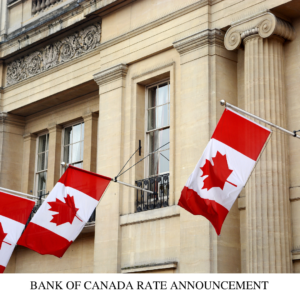
Funding Retirement – Your Property Can Help.
Aside from potential income from renting out part or all of a property, mortgages can supplement income in retirement. While it’s true qualifying for a mortgage can change as we age, a bit of planning up front can help, just before leaving your prime earning years. If you haven’t made advance plans, there are options to help you leverage the equity in property in retirement too.
Home Equity Line of Credit (HELOC): Before retiring, consider setting up the largest line of credit you can qualify for in your highest income years. HELOCs allow you to borrow only what you need, when you need it, and is amongst the most flexible loans with respect to repayment without penalty. Though it’s rare, the lender can request the loan be repaid at any time and the rate of interest can change as well. However, having access to the equity in your home in retirement is a great benefit when managed correctly, and secured with the right lender for you.
Private Loans: Private loans are sometimes an option for retirees with short-term financial needs. Rates are higher, but these loans are easier to qualify for. The value and quality of the property are more heavily weighted than income would be on an application for a regular mortgage. The ability to make the payments is reviewed, but a strong exit strategy is also important. Being able to repay the full amount upon the sale of another property would be an example of a strong exit strategy. Having other property to sell is not always a requirement, exit strategies may vary, as do monthly payment requirements. Some private loans come with an interest reserve, which allows interest to build over the term of the loan, rather than having to make regular payments. Proper use and management of private lending is important due to the costs involved but can be a great benefit to borrowers of any age depending on the circumstances.
Reverse Mortgages: A reverse mortgage can be used to:
- replace a regular mortgage of up to roughly half your property’s value
- purchase real estate
- fund investments
- provide lump sum and/or monthly amounts to supplement cash flow
These loans are typically taken by borrowers over the age of 55 on their principal residence, but not all lenders have an age restriction on these loans. Rates are usually higher than regular home loans. However, never having to make any payments can lift a burden for those with cash flow issues in retirement, and allow them to stay in their homes.
Lenders offering non-age restricted reverse mortgages can extend them on principal residences, rentals. and second homes in some markets. In all cases, borrowers retain ownership in their homes, and the mortgage is registered just like any other mortgage, but the balance grows over time as no payments are made. Reverse mortgage loans are not granted for more than roughly half the value of the property to allow room for the balance of the mortgage to increase over time. Again proper management of a reverse mortgage strategy is important but leveraging this type of loan can yield great benefits to borrowers who need them as well.
As the Canadian population ages, these are just some of the financing options that Canadians can utilize to enjoy retired life. As every case is unique, to evaluate your options and opportunities, please don’t hesitate to be in touch to discuss your situation with me and to make a plan.
ADAPTED FROM DLC MARKETING












